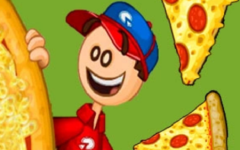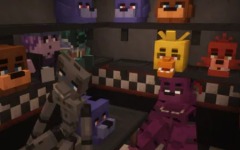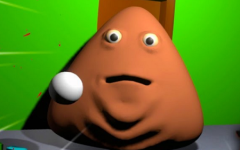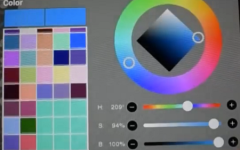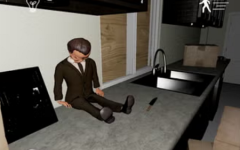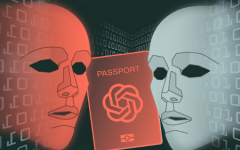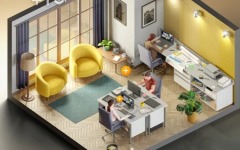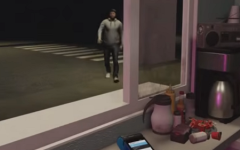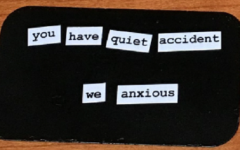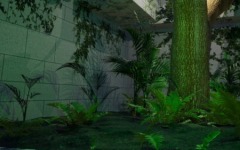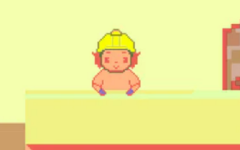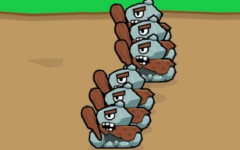Advertisement
Still Residue
Advertisement

You begin your job in silence. Each assignment places you in a different building—sometimes a living room, other times a work office or basement storage. You are there to clean, but the condition of each space raises questions. Plates are left on tables, laundry is only half-folded, and computers are still running. You don’t meet anyone. You’re simply told to remove the mess. But soon, the mess starts to reveal things you weren’t hired to see.
Functional Tools, Unclear Outcomes
The cleaning process requires attention. You carry basic tools, and each surface demands a specific response. Spray the stain, scrub the sink, vacuum the rug. The system is straightforward, but the results are not always consistent. Sometimes, cleaning triggers a sound from another room. Sometimes, your task list changes midway through. You begin to wonder whether you’re removing physical dirt or something tied to what happened in these locations before you arrived.
Spaces That Loop
The rooms are different, but they share details—objects, layouts, even sounds. You recognize a couch in a second location, or find an identical poster on the wall. It feels like you’re being pulled through versions of the same story, with only small changes each time. You’re not solving anything. You’re maintaining it, keeping something in place. The more you work, the more it becomes difficult to separate one task from the next.
Movement and Task System
The game’s interaction model is based on simple, repeatable input:
- WASD – move around
- Mouse – interact and rotate view
- 1 / 2 / 3 or Scroll – cycle between cleaning tools
- F – flashlight on/off
- Shift – sprint when needed
- Ctrl – crouch to inspect lower areas
- Tab – open inventory and notes
- Q – highlight your next objective
Each tool plays a role, but progress depends more on what you observe than what you clean.
The Repetition Becomes the Message
By the time you finish several assignments, a pattern starts to form. You realize your cleaning is not fixing anything—just covering something over. The rooms get stranger. Light sources flicker even after you’ve replaced bulbs. Some objects vanish after cleaning them. And although you’re alone, it feels like something follows your work, arriving only after you leave. Still Residue doesn’t tell a story directly. It places you inside it and makes you part of its repetition.






















































































































